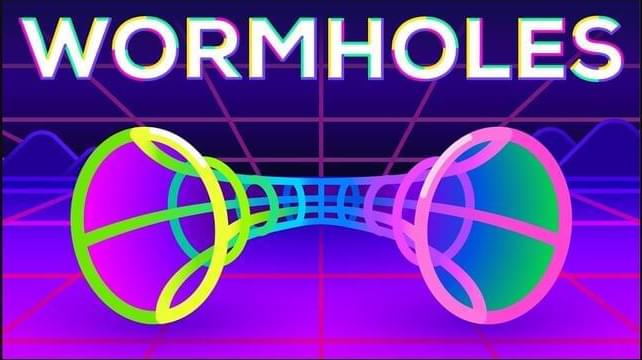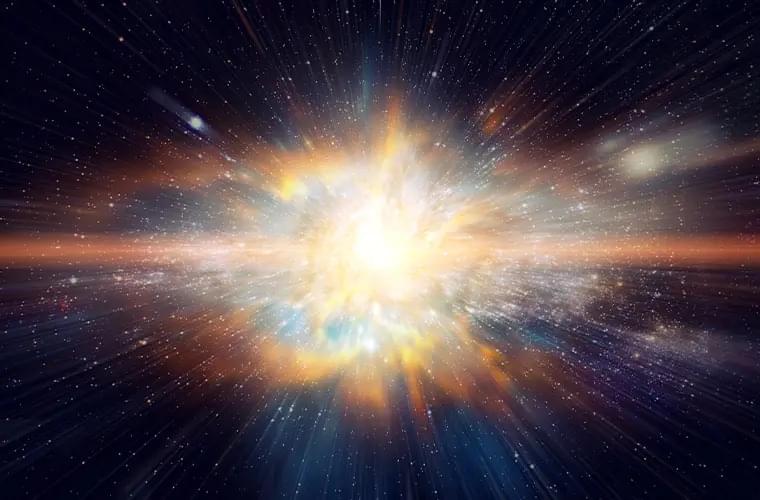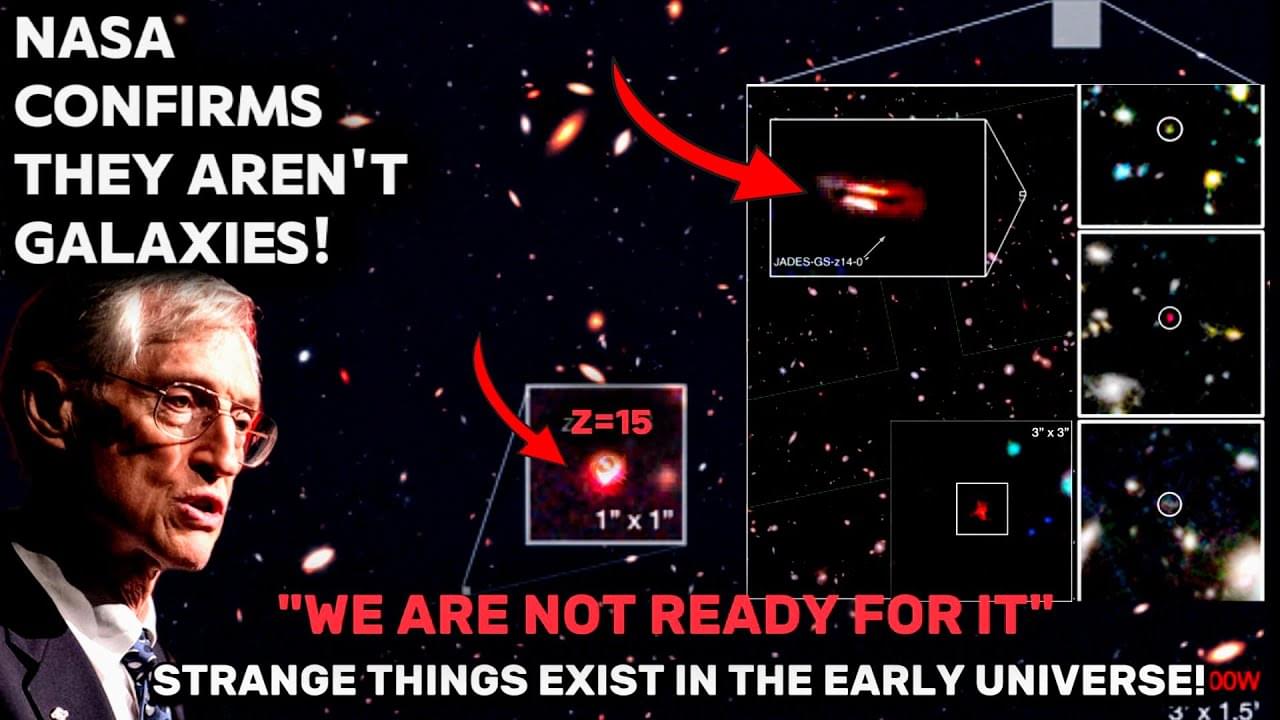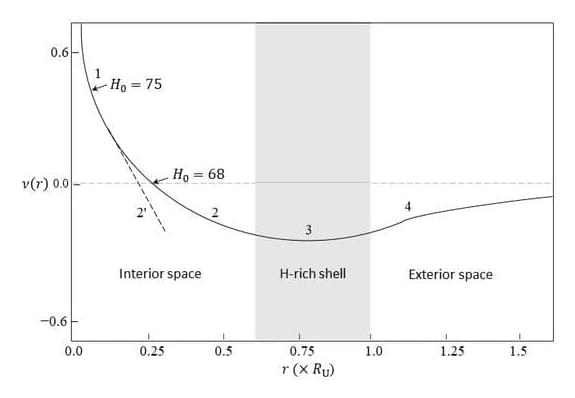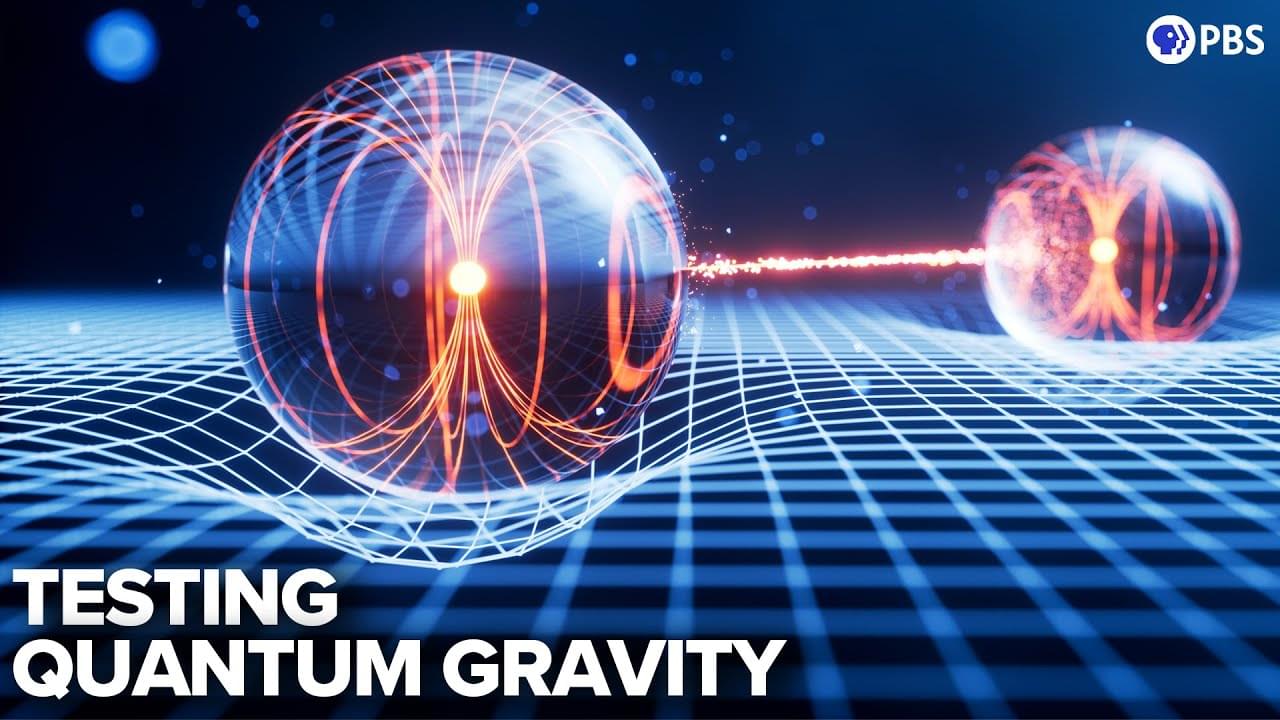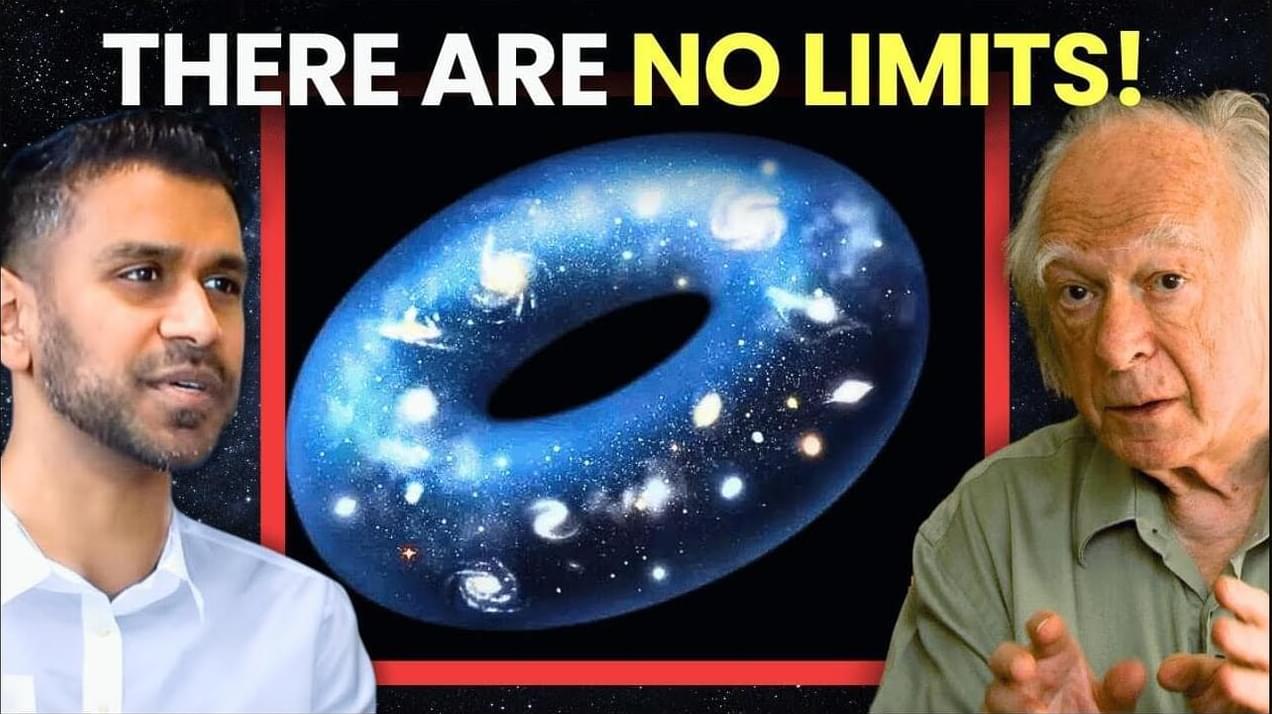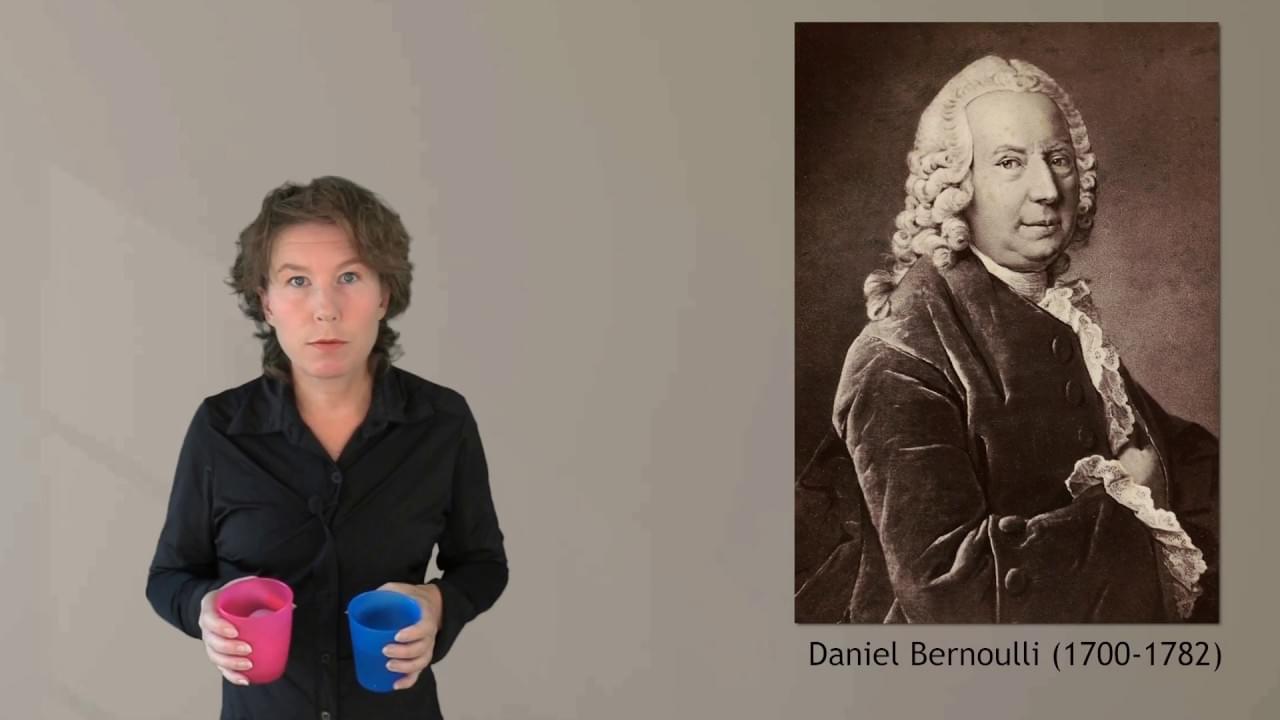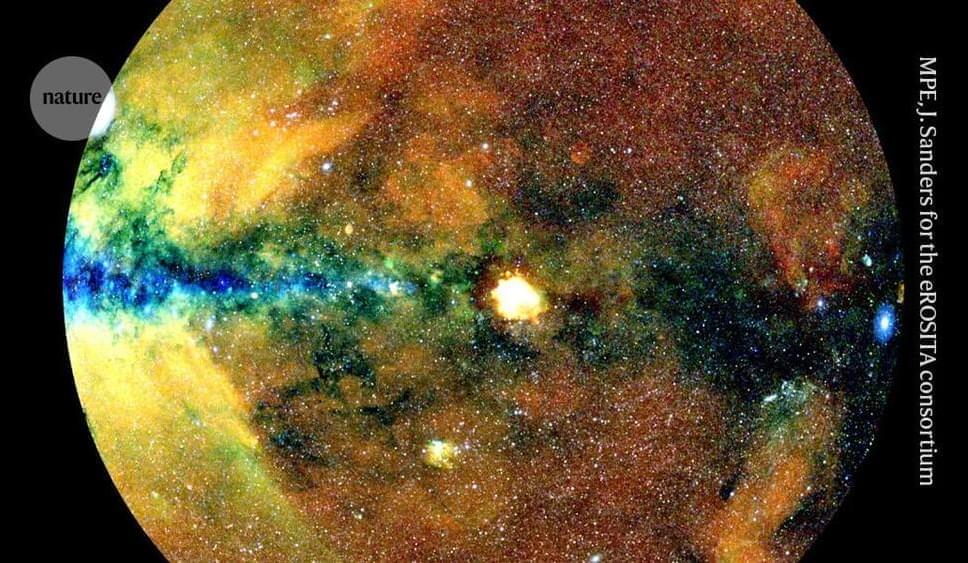Sep 13, 2024
Wormhole: A wormhole is a hypothetical structure connecting disparate points in spacetime, and is based on a special solution of the Einstein field equations
Posted by Dan Breeden in categories: cosmology, information science
A wormhole is a hypothetical structure connecting disparate points in spacetime, and is based on a special solution of the Einstein field equations. [ 1 ]
A can be visualized as a tunnel with two ends at separate points in spacetime (i.e., different locations, different points in time, or both).
